Twenty-five years since its founding as an arboretum and 65 years after Polly Hill planted her first tree, the Polly Hill Arboretum remains a world-class horticultural institution.
Just last week, the organization unveiled new on-site staff housing, a key component to continuing its mission as a center of arboreal conservation, research and education. The housing will allow the arboretum to maintain its internship program, executive director Tim Boland said, which has produced more than a dozen arboretum curators and plant recorders across the country. That high-level initiative also feeds into the wider mission of increasing awareness and appreciation of plants on the Island, native and otherwise.
“Among people there’s a real concept called plant blindness, where they just kind of see green, but they don’t understand the variety,” Mr. Boland said. “So that’s a big part of our educational mission, to teach people about plants, and how to identify plants and understand their value.”
The first seeds of the arboretum reach back to 1958, when Mary Louisa Hill, nicknamed Polly, planted her first tree at the old Barnard’s Inn Farm in West Tisbury. It was a fagus sylvatica, a European beech still growing today, ID number 58-001.
Ms. Hill was a self-taught horticulturist, but she was anything but amateur. She was at the cutting edge of botanical record keeping, Mr. Boland said, digitizing her collection in the 1970s when database technology was in its infancy.
It was largely because of her influence, Mr. Boland said, that American arboretums began collaborating through digital record keeping, stemming from a symposium of arboretum and garden directors on her West Tisbury porch.
“She had told all these professional directors ‘hey, I’m keeping all these on a database,’ and they looked at her, shocked. She was in her 70s!” he said.
The arboretum was incorporated as a nonprofit in 1998. It includes 20 acres of idyllic farmland-cum-ornamental planting and 40 acres of conserved forest. The land is crisscrossed by ancient stone walls and 18th century rural architecture.
Ms. Hill, who inherited the property from her parents, began planting it in her 50s.
“She was a legend, very well known in horticultural circles,” Mr. Boland said of the self-taught gardener.
Much of what she learned, he said, came from direct consultation with top horticultural experts.
“She used to say, ‘I would make a pill of myself, and go bother somebody.’”
But Ms. Hill was just one half of the partnership that made the arboretum possible. In 1997, conservationist Dr. David H. Smith led the charge to purchase a conservation restriction on the property for $1.8 million.
“When he landed here, he was doing land conservation and he recognized this huge wooded corridor,” said Mr. Boland. “But once he realized that Polly had recorded all this data, he kind of looked at this place in a different way...That’s when he decided that we would support the purchase of this property with the endowment.”
Ms. Hill was given a life estate as part of the agreement, made in her 90th year, allowing her to continue living there. She ran frequent patrols of the property, scooting around in the electric golf cart that soon became a town fixture. Ms. Hill died in 2007, at the age of 100.
Even after Ms. Hill officially stepped down from operations, Mr. Boland said, she still held sway over arboretum plans. Mr. Boland joined her frequently on the golf cart, picking her brain for botanical design insight. When he broached the topic of planting new trees in one of the old farm fields at the site, she first demurred before giving her perspective.
“Eventually she told me ‘If you plant that field, I will haunt you,’” Mr. Boland said, laughing.
The field remains untouched.
Mr. Boland still recalls his first visit to the arboretum, when he interviewed for the position of curator in 2002. It was October, he said, and the stewartia were russet-red in full autumn foliage.
The quaint Island landscape was a welcome change from his previous gig, the massive, 1,000-acre Morton Arboretum near Chicago.
“I’ve always said, I don’t want to mess up the vernacular and the soul of this place,” he said of his approach.
Mr. Boland became executive director in 2004, after previous director Stephen Spongberg retired.
More than two decades since he first encountered that autumnal stewartia grove, Mr. Boland still takes inspiration from it.
“I’m going to be bold and say we have the best stewartia collection in the world,” he said.
Growing and maintaining that collection has become all the more important since Ms. Hill’s day, Mr. Boland said, as natural conditions on the planet have deteriorated.
“Our planet is going through such trauma,” he said. “When Polly started planting in 1958, less than five per cent of plants were endangered...But by 2030, that number will be 35 per cent.”
The arboretum staff frequently organizes tree-collection trips across the country (most recently to Georgia to locate more stewartia), frequently employing the help of their curatorial interns.
“I’m really proud of that program,” said Mr. Boland, who started his career as a curatorial intern at the Scott Arboretum in the 1980s. That program has become all the more important in recent decades, as curatorial internships become rarer, and university horticultural programs shrink.
But the program has also become more difficult to maintain on the Island, as housing prices have continued to skyrocket. In 2020, the arboretum board of directors determined it was time to begin pursuing staff housing.
“It’s a tough decision to make, to build buildings. I mean, there’s an environmental impact anytime you build something,” Mr. Boland said.
To get the job done, he said, they employed the services of longtime arboretum construction contractor Tucker Hubbell.
“It’s a dream for me to do work here, as a builder and as someone who likes history,” said Mr. Hubbell, a longtime West Tisbury resident who first did work replacing windows for the arboretum in 2005. Since then, he has restored and renovated several historic arboretum structures and constructed their garage, education center and all three greenhouses.
Now 72, Mr. Hubbell is semi-retired, serving as the part-time caretaker of the arboretum buildings. They were still able to drag him out of retirement for one more job, he said, with the second of the two arboretum staff housing buildings to be completed by the end of the month.
“The other day I counted, and there was like 33 businesses and 100 people involved,” he said. “It takes a lot of people to build a house.”
And though Mr. Hubbell has mostly focused on construction, Mr. Boland and the arboretum staff have done their best to cure his own case of plant blindness.
“I’ve learned a lot. I’m fascinated by all the different trees here,” Mr. Hubbell said. “I can point out a stewartia now.”

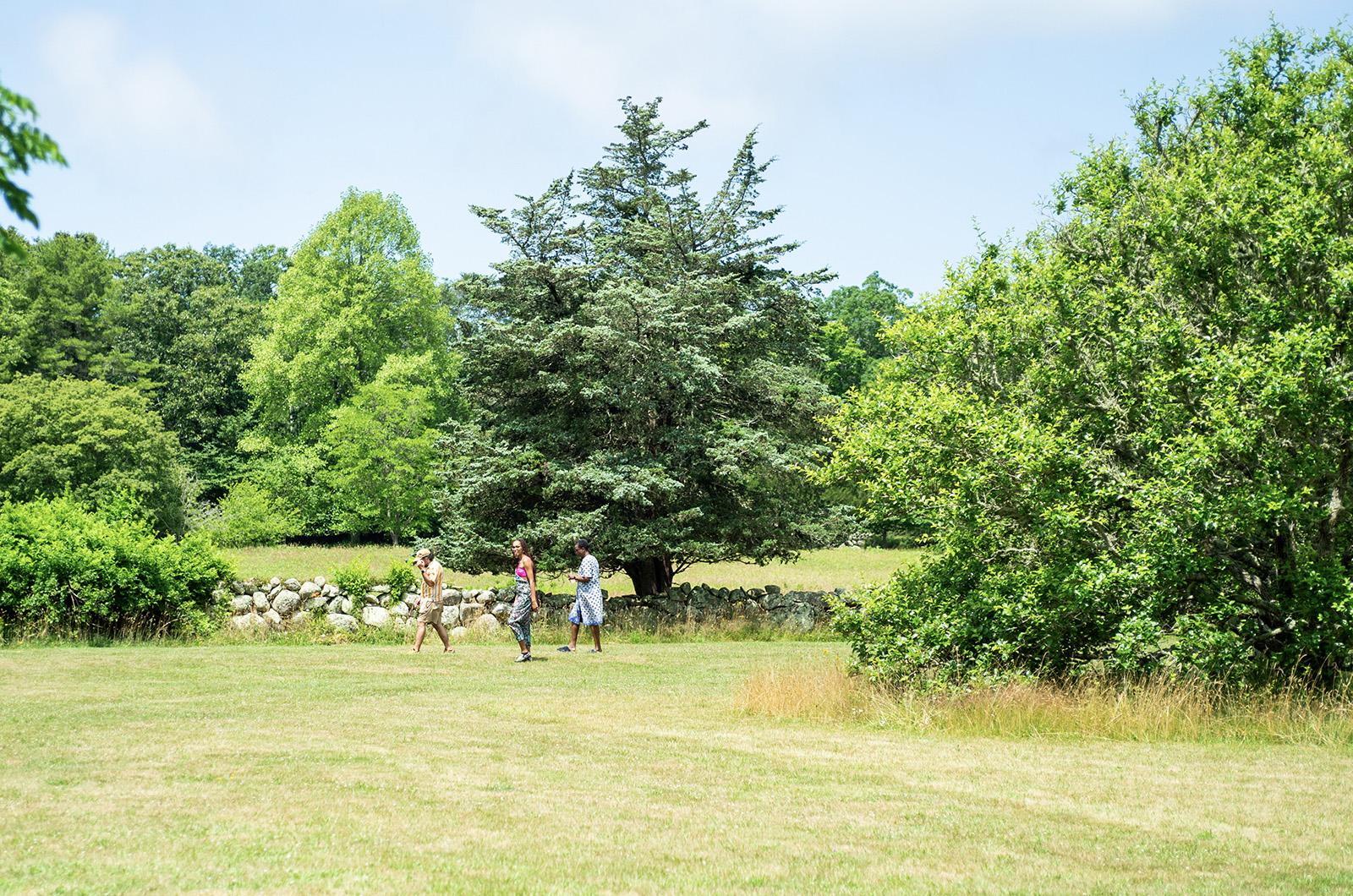
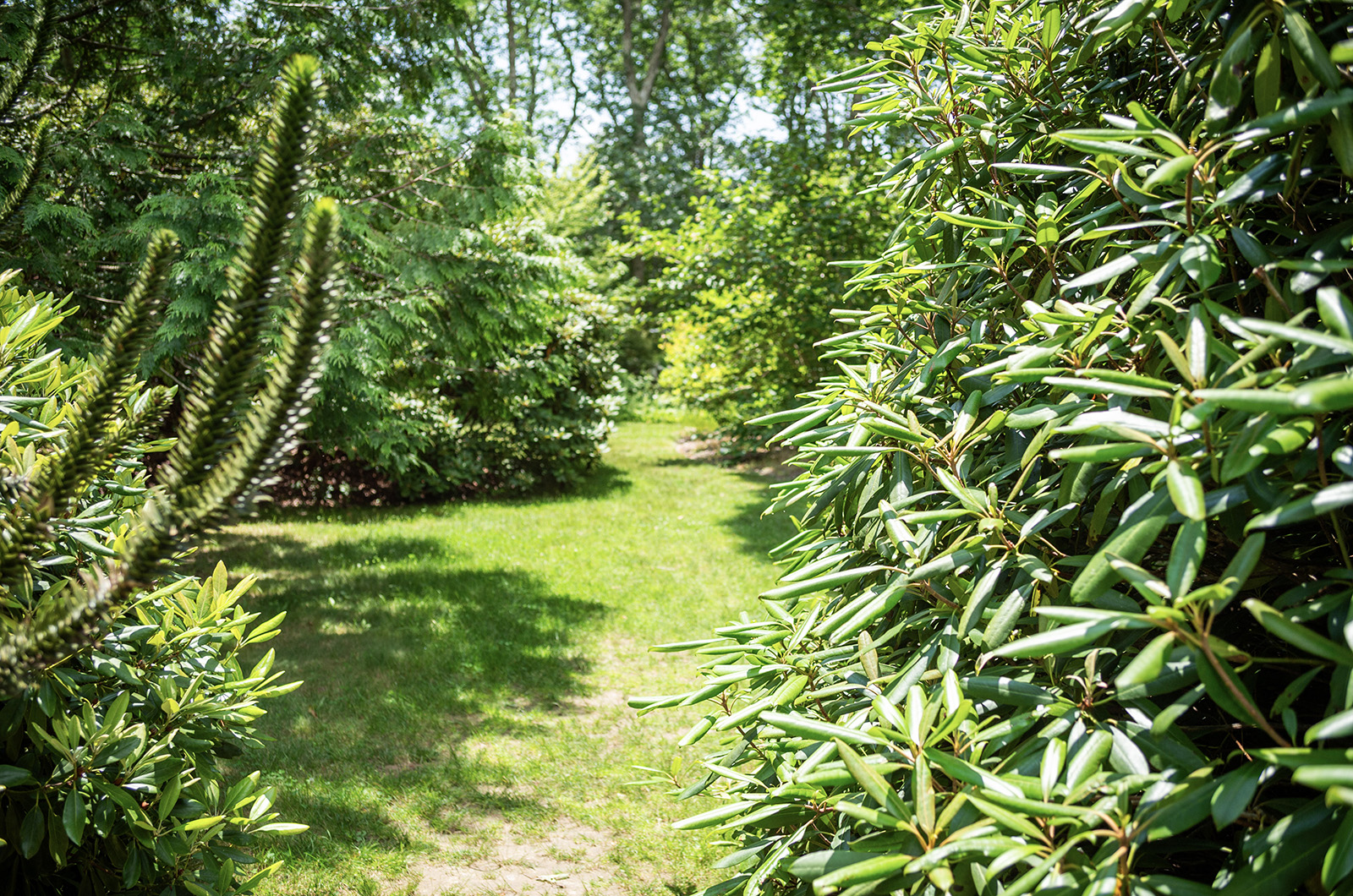
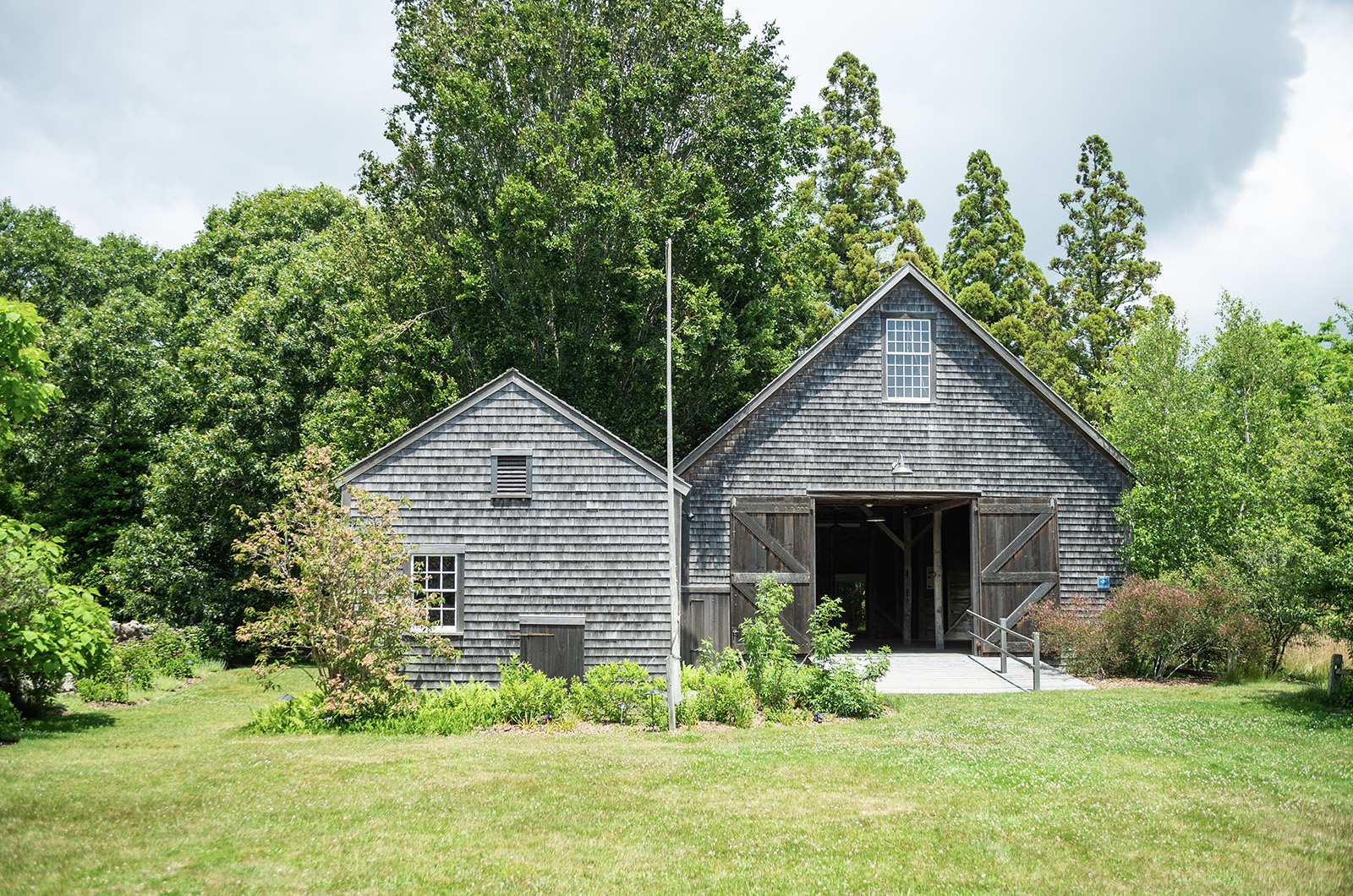
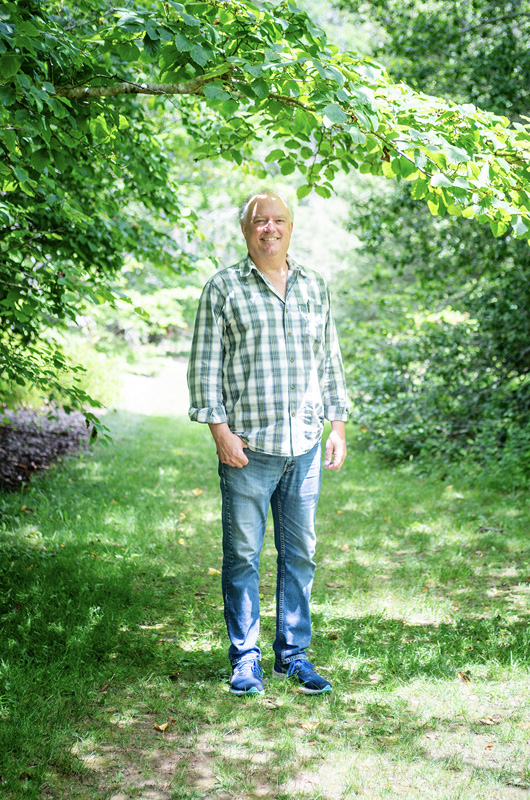
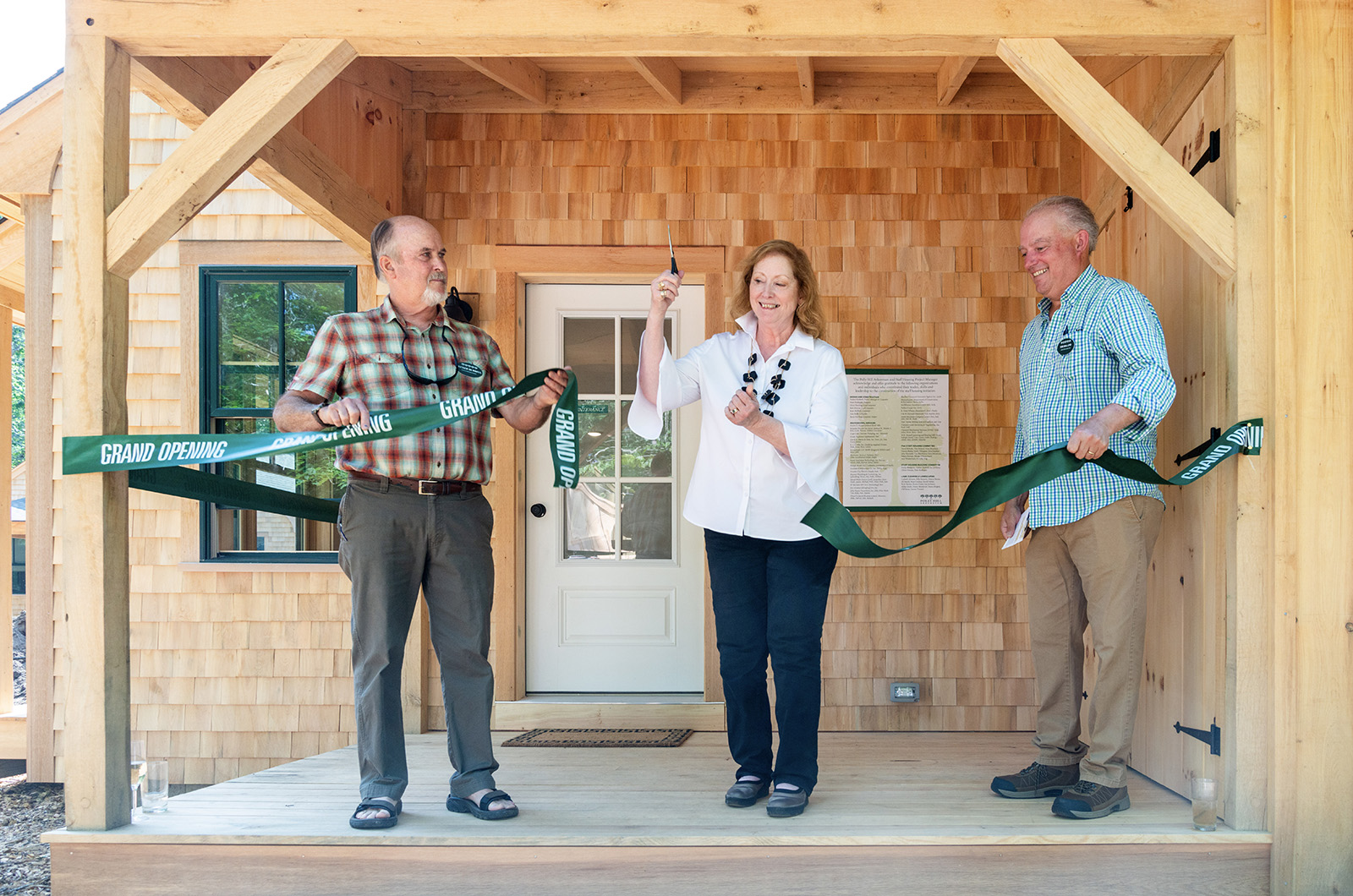
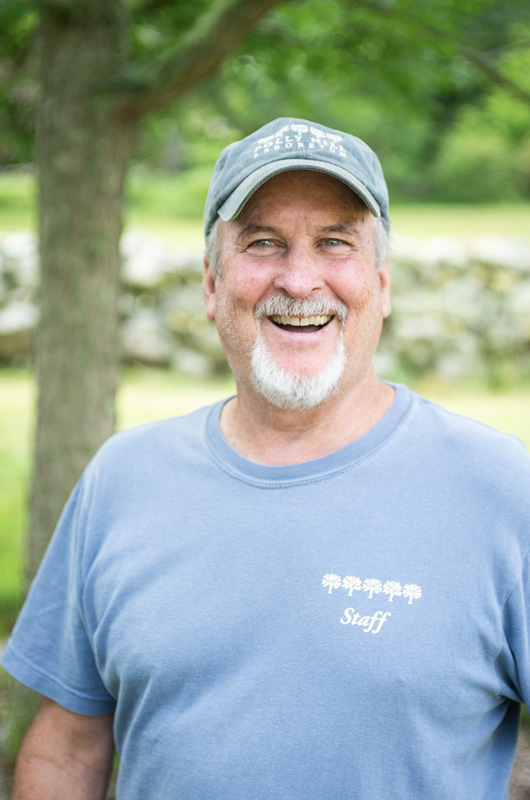





Comments (1)
Comments
Comment policy »